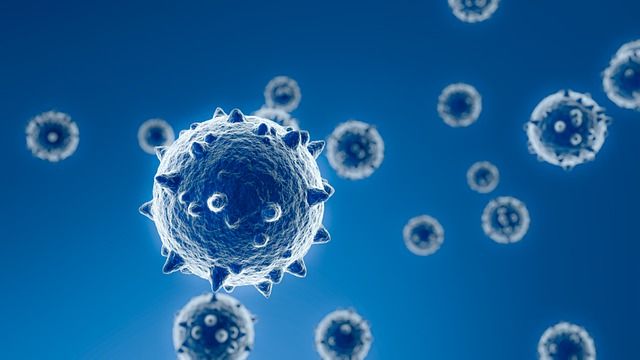Many of the Greater Copenhagen municipalities that previously had the highest corona infection rates in Denmark have plummeted down he rankings, according to Statens Serum Institut.
Meanwhile, a fair proportion of regional municipalities, with hitherto low infection rates, have climbed to the top.
Infection rates are accordingly towering in the likes of Silkeborg, Ikast-Brande, Skanderborg and Rebild.
Accelerating towards herd immunity
The switch-around is evidence that several municipalities in Greater Copenhagen – the likes of Herlev, Albertslund and Brøndby – have reached a point where they are benefiting, SSI head Henrik Ullum told DR.
“It is a sign that an immunity is starting to form. It is built up through vaccines, and then a layer of infections on top,” he said.
Nevertheless, Ullum is reluctant to use the term ‘herd immunity’ because it represents “a very, very high immunity, where you have a very high protection, also of the vulnerable – and we are not there yet.”
What a difference 10 days make!
The headteacher of Herstedvester School in Albertslund tells DR there has been a radical transformation of late.
Just 10 days ago, 20 teachers were missing along with half the students, but now “the situation is very different and better”, said Yasar Cakmak.
“Some classes have a few students who are at home due to corona, and there are also a few teachers who are affected. But it is not at all comparable to before.”
Quick test capacity more than halved from today
Meanwhile, from today it is much harder to get a quick test as Denmark has cut its daily capacity from 500,000 to 200,000 as part of its plan to stop offering them from March 6 onwards.
The health minister, Magnus Heunicke, recommends self-testing as “a good alternative”.
PCR tests, which yield a result in 24 hours, are also widely available.












